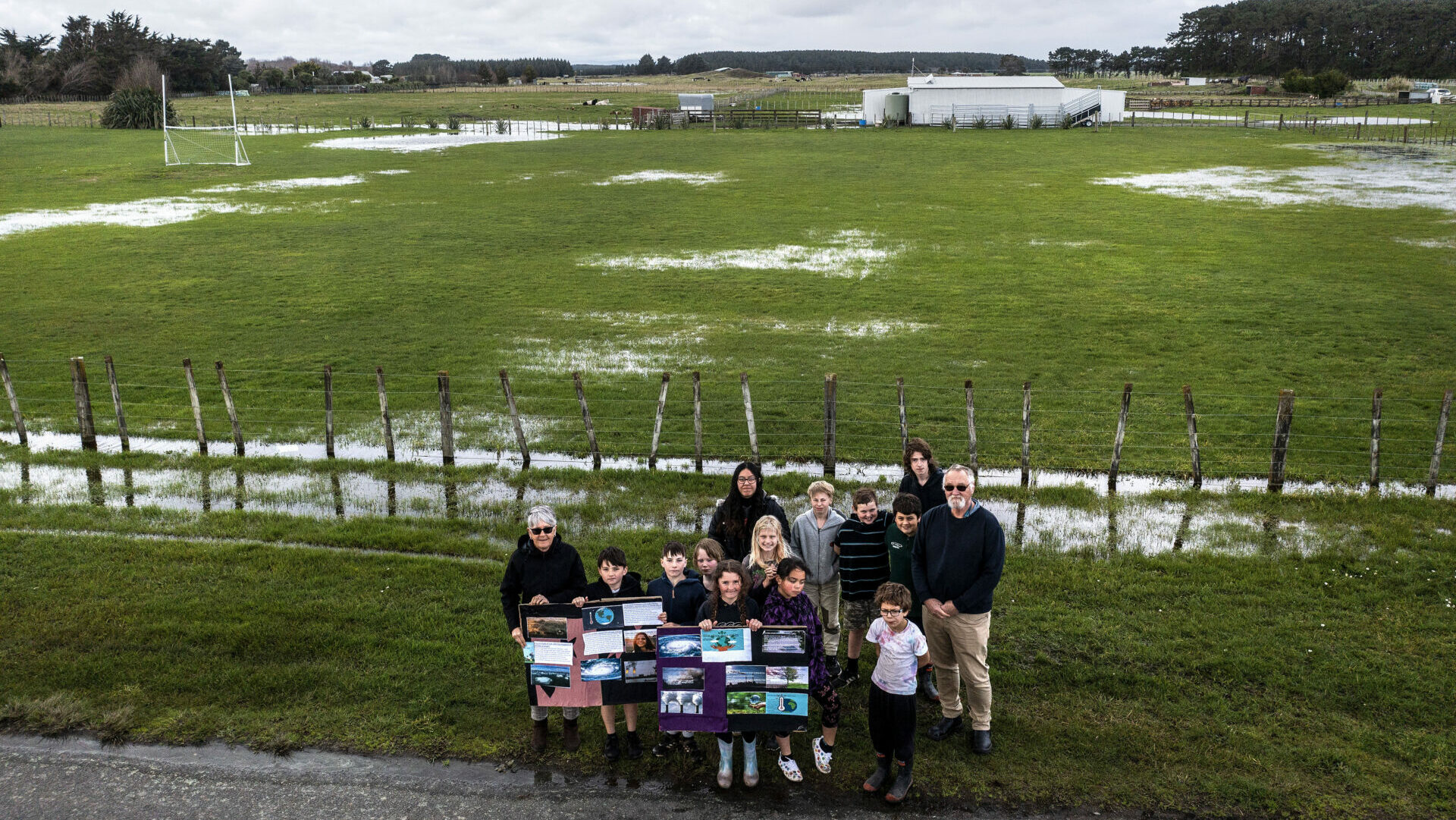- Impacts & Adaptation
Research Programme
- Huhana Smith
Massey University - Bruce Glavovic
Massey University - View the full team
Project Leaders
-
Budget
$400,000 -
Duration
1 May 2022 – 30 June 2024
-
Completed project
Embedding adaptation
In partnership with mana whenua, communities, local and regional councils and other stakeholder groups, this research planned to develop and implement “adaptation pathways” in four communities in the Manawatū-Whanganui and Taranaki regions – Putiki and Tangimoana in Manawatū-Whanganui; Waitōtara and Rohutu Block in Taranaki. They focused particularly on how power and politics shape interactions between institutions and groups with different interests, a largely overlooked aspect of adaptation planning in Aotearoa. A summary of the project’s findings can be found here.

Around the world, “dynamic adaptation pathways planning” (DAPP) is being deployed to reduce climate risk and build community resilience. DAPP as a tool is being used by more and more local authorities, and is recommended by the Ministry for the Environment. However, research and implementation efforts to date have largely ignored the ways that power and politics shape interactions between institutions and groups with different interests. These shortcomings are troubling for Aotearoa, where mana whenua have particular governance and cultural rights under Te Tiriti o Waitangi.
Historical focus on physical perils, and reliance on risk quantification and policy prescriptions, does not prepare communities for turbulent times. We need to focus attention on the drivers and root causes of vulnerability and risk that predispose people to harm.
Bruce Glavovic
What barriers are reducing the adaptation capacity of whānau, hapū, iwi, communities and local government? How can this capacity be strengthened and harnessed in innovative ways? Adaptation policy and practice needs to be participatory and empowering and must consider a critical analysis of the intersection between power, vulnerability and politics. In Aotearoa this means looking at the dynamics between hapū and iwi and local government. This research learnt from past experiences while privileging mātauranga Māori, local knowledge and international scholarship.
This participatory action research aimed to support the four communities to embark on adaptation planning that recognises not just uncertainty and complexity, but also dynamism and contestation. We hoped to contribute deeper knowledge on applying adaptation pathways planning and to champion enduring and transformational community-based adaptation.
A summary of the project’s findings can be found here. Further resources can be found below.
How will this research be used:
- To inform councils and policy makers on implementing community based adaptation.
- Co-designed resources will be developed for use by mana whenua and local communities in developing adaptation plans.
Who we are engaging with:
- Regional and district councils
- Māori Land Trusts and Incorporations, marae and kaumātua
- Schools and community groups
In the media:
- Taranaki towns chosen for climate change adaptation study, Taranaki Daily News
- New Zealand has launched a plan to prepare for inevitable climate change impacts: 5 areas where the hard work starts now, The Conversation
- The tiny Taranaki beach settlement disappearing before our eyes, Stuff
- Kids in Tangimoana learning and living the lessons of climate change, Manawatū Standard
PROJECT TEAM
-
Huhana Smith
Massey University -
Bruce Glavovic
Massey University -
Derrylea Hardy
-
Martín García Cartagena
Massey University -
Hilary Webb
Massey University